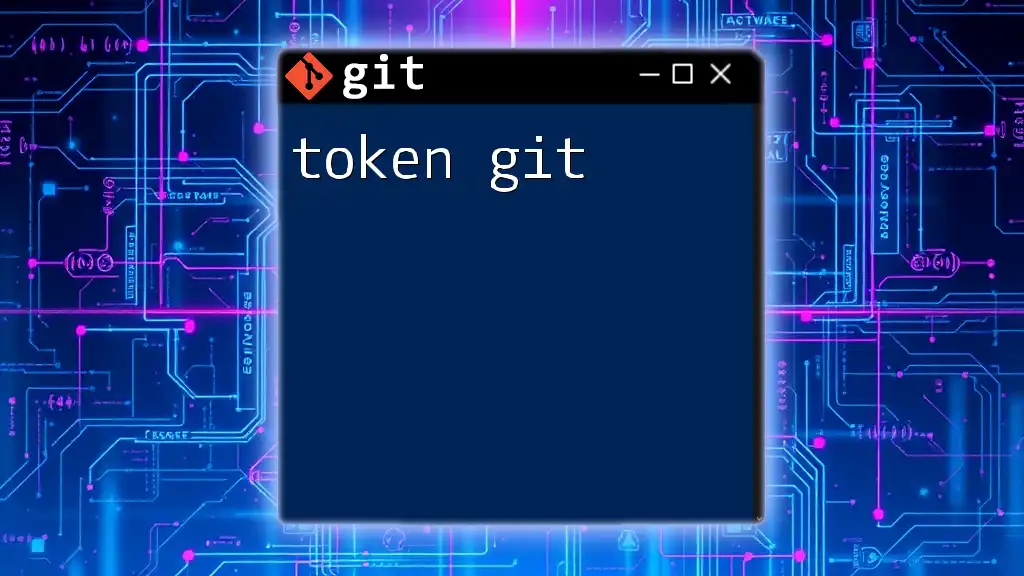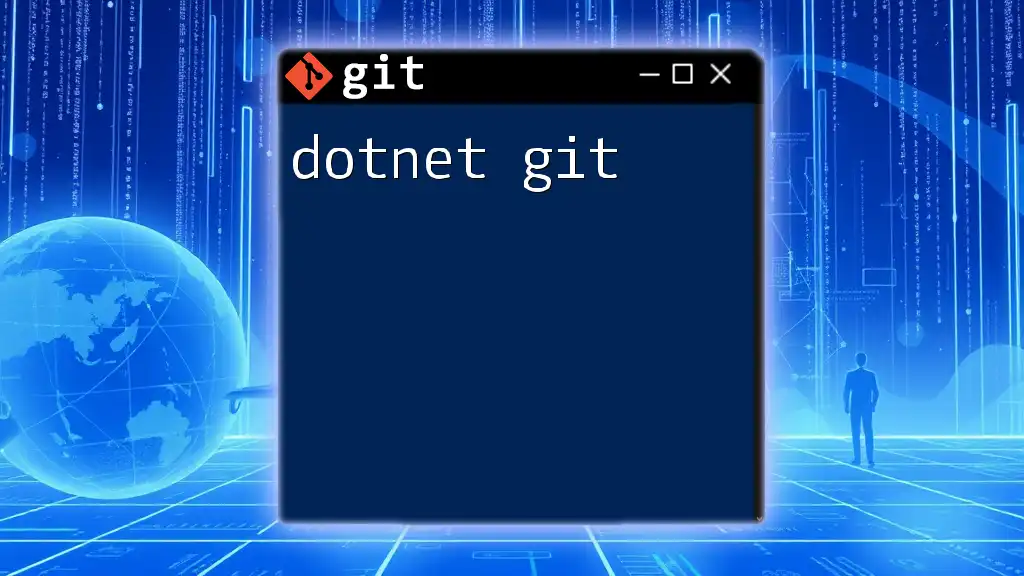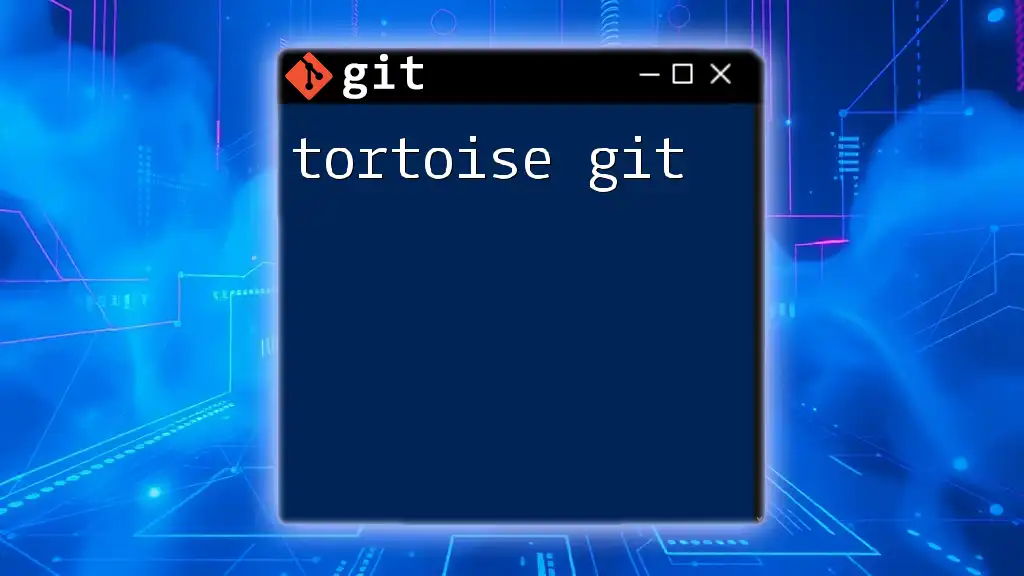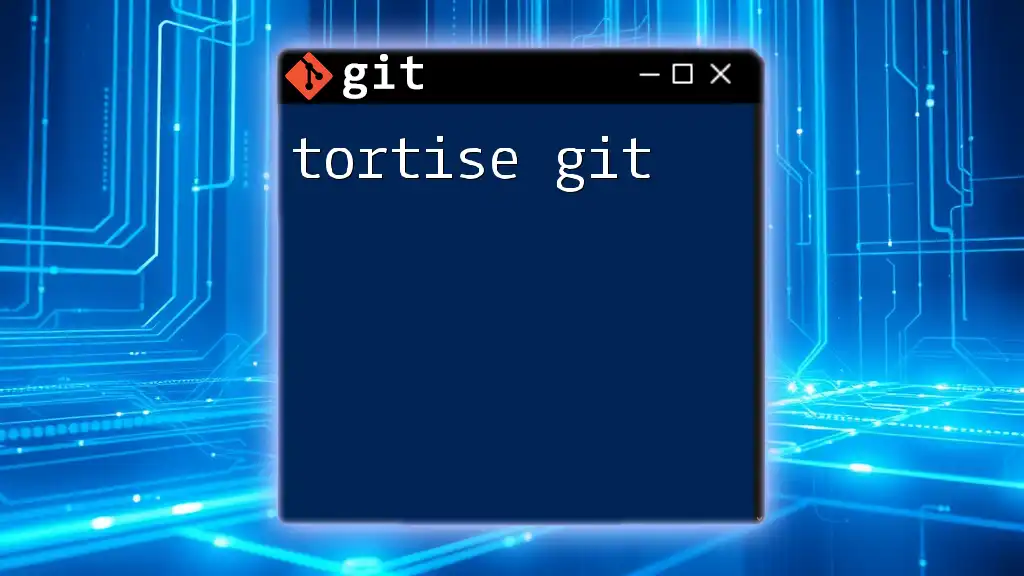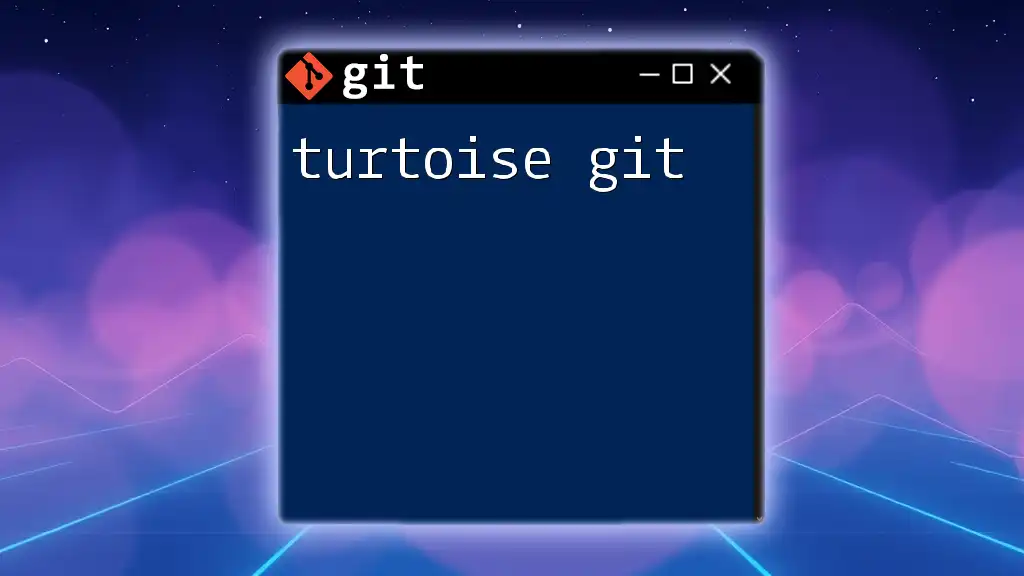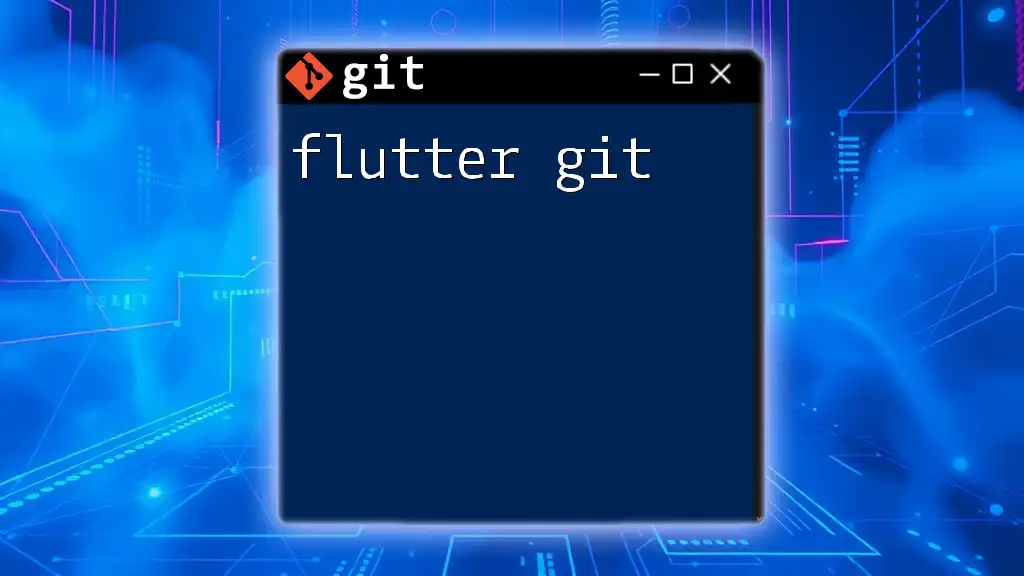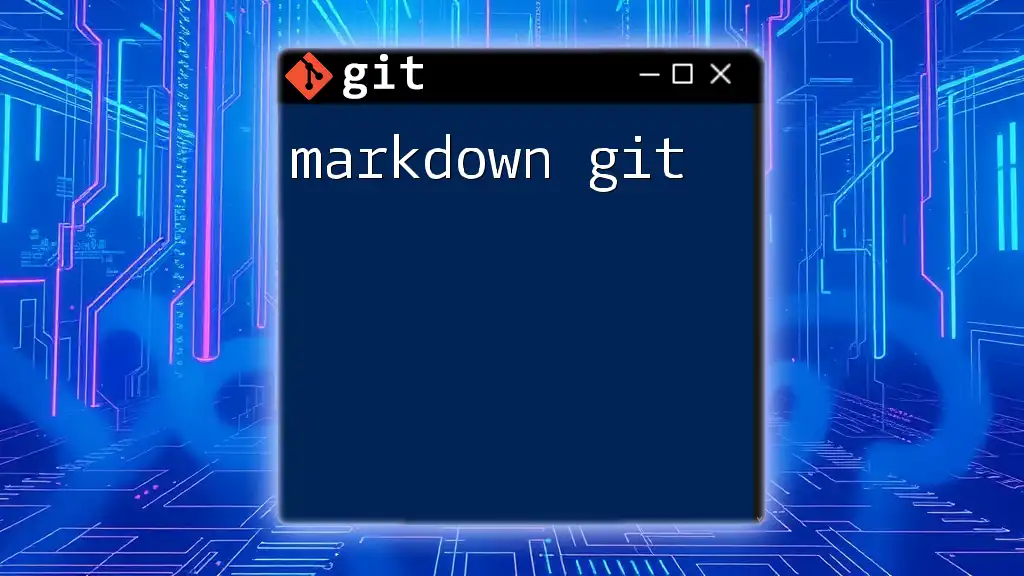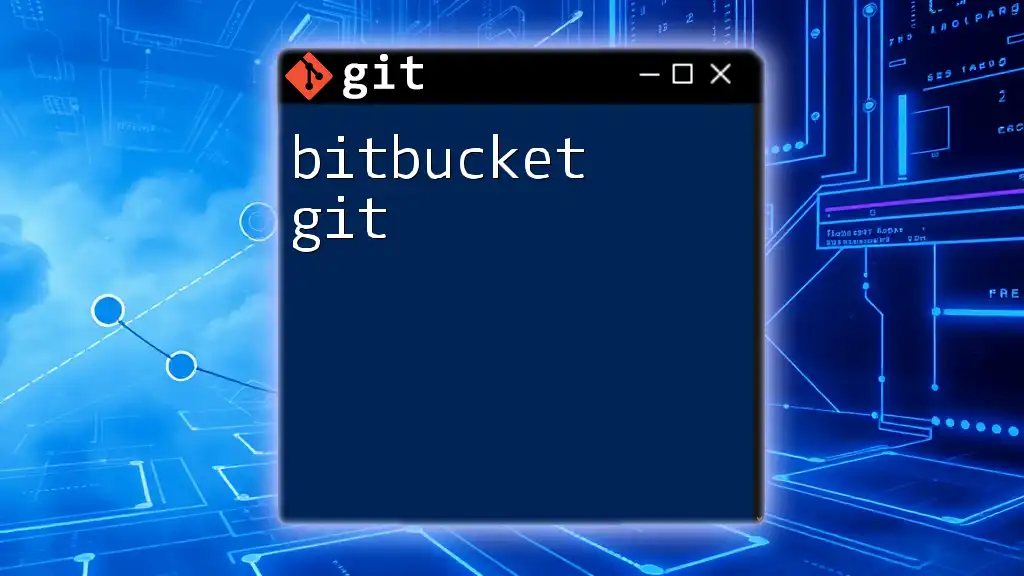In Git, a token typically refers to a personal access token (PAT) used for authentication when interacting with remote repositories, especially when using HTTPS instead of username and password.
git clone https://<your_token>@github.com/username/repo.git
Understanding Git Authentication
What is Git Authentication?
Git authentication refers to the methods used to verify the identity of users who interact with a Git repository. It is a crucial aspect of version control systems, as it ensures that only authorized users can make changes to the codebase. The most common forms of authentication in Git include SSH keys, HTTPS with username/password, and tokens.
Why Use Tokens for Git Authentication?
Tokens provide several advantages over traditional password-based authentication:
- Security Benefits: Tokens can be more secure because they can be scoped to specific actions and expire after a set period. Unlike passwords, which are static and can be compromised, tokens can be rotated easily, minimizing the window of vulnerability.
- Bypassing Password Restrictions: Some Git hosting services have made the use of personal access tokens (PATs) mandatory over passwords for enhanced security measures. This change helps enforce best practices in software development practices.
- Increased Control and Management Over Access: Tokens enable fine-grained control over what a specific user or application can do within the repository. Some tokens can be scoped to access only certain repositories or perform specific actions, such as reading or writing.
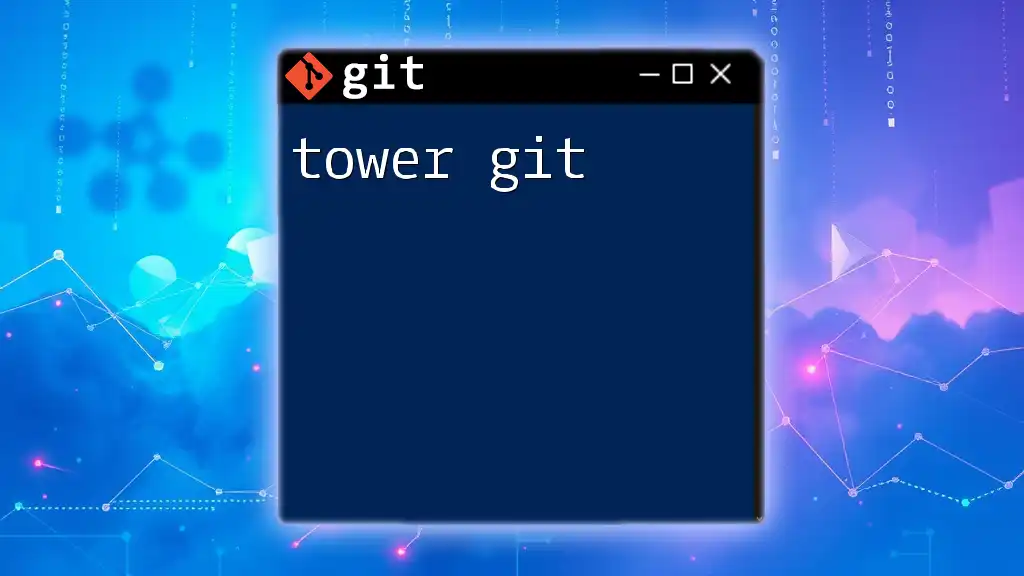
Types of Git Tokens
Personal Access Tokens (PAT)
Definition: Personal Access Tokens are an alternative to account passwords for accessing Git repositories via the command line or APIs. They offer the same functionality as a password but are designed specifically for secure automation.
Creation: Creating a PAT involves a few straightforward steps, but the process may differ slightly among Git hosting platforms. Here’s how to create a PAT in GitHub:
- Navigate to Settings > Developer settings.
- Click on Personal access tokens.
- Click Generate new token and select the appropriate scopes for your token.
- Make sure to save the token after creation, as you won’t be able to see it again.
Scopes: When creating a PAT, you can assign different scopes based on what access you need (e.g., repo, admin:org). Scopes dictate the permissions associated with the token.
OAuth Tokens
Definition: OAuth tokens are used in scenarios where users grant a third-party application access to their Git repositories without sharing their passwords. This method is a widely accepted standard for providing secure access to API resources.
Use Cases: OAuth tokens are particularly useful in environments where multiple users need varying levels of access, such as in CI/CD pipelines or when integrating external tools with Git.
Implementation: The implementation of OAuth in a Git project involves generating a token through the application’s settings and using it during API requests or command line operations.
Deploy Keys
Definition: Deploy keys are SSH keys added directly to a repository, allowing read-only or write access without needing a personal account. They are especially useful for deployment scripts or CI/CD services that need to interact with a repository.
Creating and Managing Deploy Keys: You can create deploy keys in platforms like GitHub or GitLab with the following steps:
- Generate an SSH key pair (`ssh-keygen`) on your deployment server.
- Navigate to your repository settings and add the public key as a deploy key.
- Assign the appropriate permissions (read-only or write).
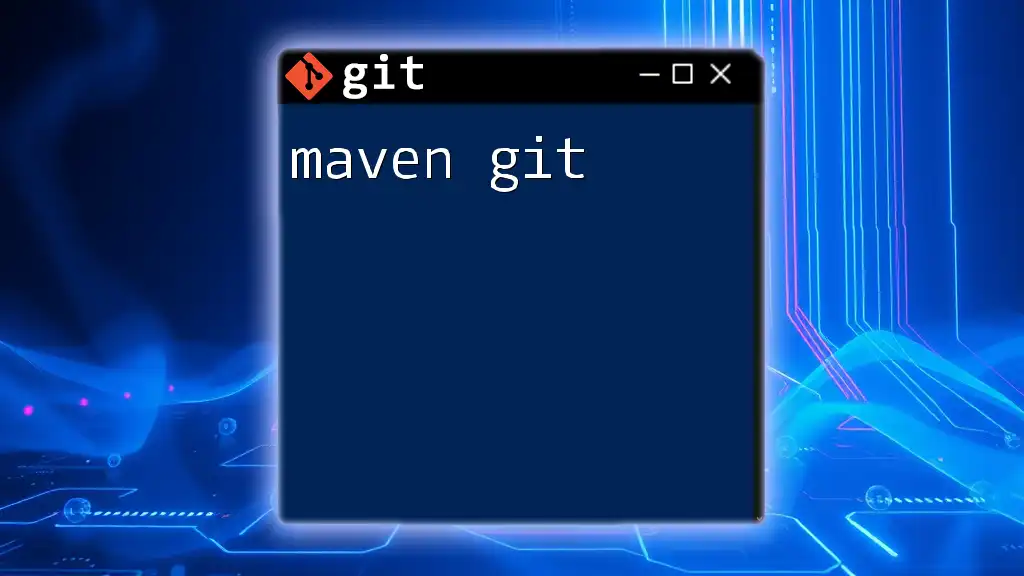
How to Use Token Git Effectively
Cloning Repositories with Tokens
Using a token to clone a repository is straightforward. Incorporate your personal access token directly into the clone command as follows:
git clone https://<token>@github.com/username/repo.git
Replace `<token>` with your actual personal access token to authenticate the operation seamlessly.
Pulling and Pushing Changes
When pulling from or pushing to a Git repository, you can utilize the token in the command line. Here’s an example of how to push changes securely using your token:
git push https://<token>@github.com/username/repo.git
This command will authorize the push operation using your token instead of a password.
Configuring Remote Repositories with Tokens
If you need to change the remote URL of an existing local repository to use token-based authentication, you can easily do this with the following command:
git remote set-url origin https://<token>@github.com/username/repo.git
This adjustment enables you to authenticate using a token for future pushes and pulls.
Best Practices for Using Tokens
- Security Measures: Always treat tokens as sensitive information. Do not hardcode tokens in your codebase, and utilize environment variables to store them securely.
- Revoking Tokens: Regularly review and revoke any unused tokens from your account settings, especially those associated with expired projects or applications. This helps maintain a secure environment.
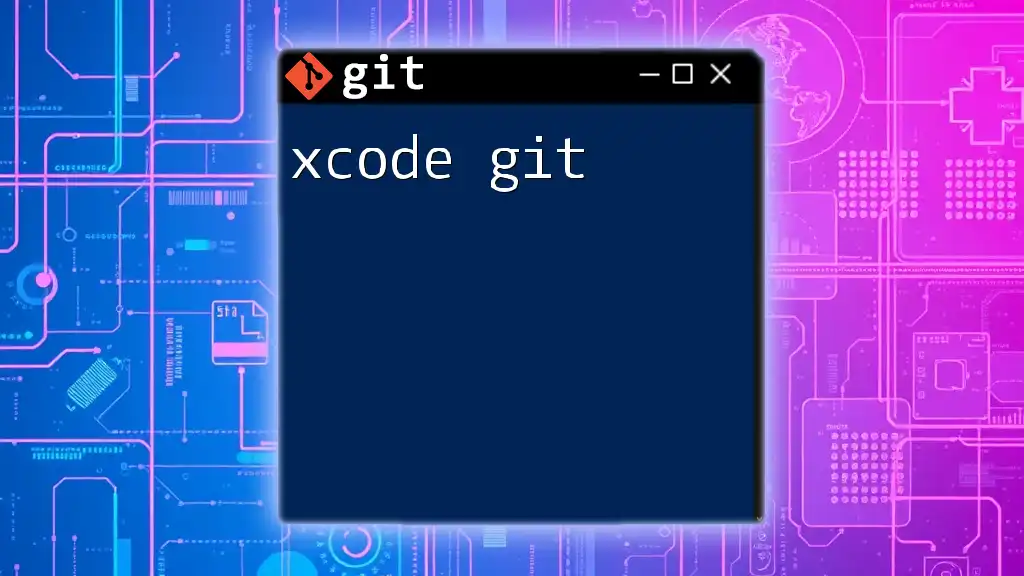
Troubleshooting Token Authentication Issues
Common Issues with Git Token Authentication
Despite its benefits, users can encounter issues with Git token authentication, such as:
- Incorrect Token Error: This occurs when the token used is invalid or expired. Ensure you are using a valid and properly scoped token for the task.
- Token Expiry and Renewal: Personal access tokens can have expiration dates. Users must renew or recreate tokens to regain access.
- Troubleshooting Connectivity Problems: Ensure that your network configuration allows connections to Git services. Sometimes firewalls may block requests.
Solutions to Common Problems
To resolve these common issues, consider the following steps:
- Double-check the token you are using for accuracy.
- If your token is expired, generate a new one, making sure to assign the right permissions.
- Review your local Git configuration and remote settings to ensure they are correct.

Conclusion
Using tokens for Git authentication represents a significant step toward enhancing security and user management in version control systems. By incorporating best practices for token creation, usage, and management, users can dramatically improve the safety and efficiency of their development workflows.

Additional Resources
To further expand your knowledge on token usage in Git, refer to the official documentation of the various Git hosting services such as GitHub, GitLab, and Bitbucket. Additionally, consider exploring recommended tools and libraries designed for token management.
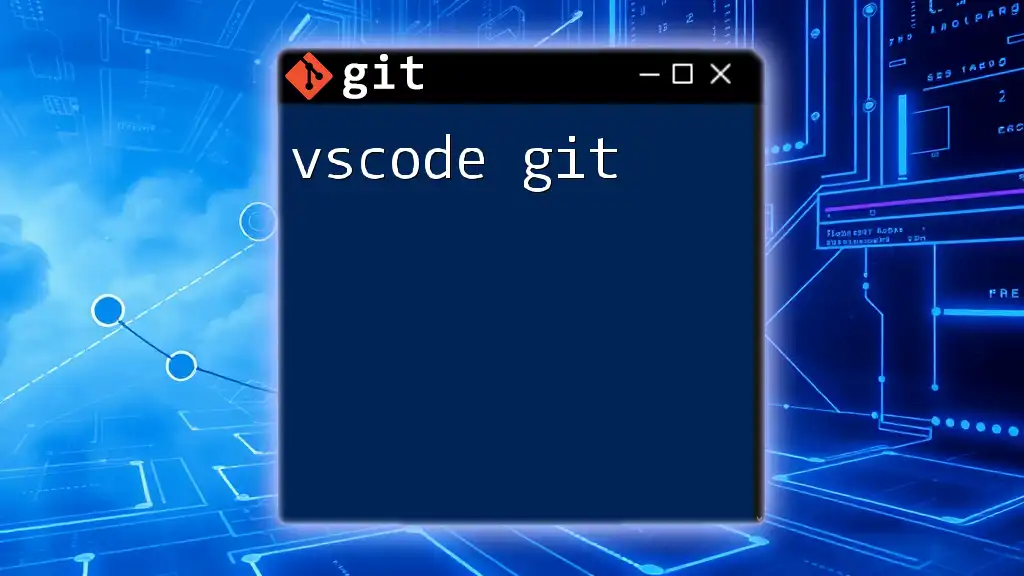
FAQs
What are the advantages of using Git tokens?
Git tokens increase security, simplify management, and enhance flexibility over traditional password-based authentication.
How long do tokens usually last?
The expiration of tokens varies by platform and user settings. Check the respective documentation for specifics.
Can I use Git tokens for CI/CD pipelines?
Yes! Git tokens are ideal for CI/CD pipelines, allowing for secure, automated integrations with your codebase.
Are tokens safer than passwords?
Yes, tokens provide better security through scoped access and the ability to revoke or regenerate them as needed, making them a preferred choice over static passwords.

